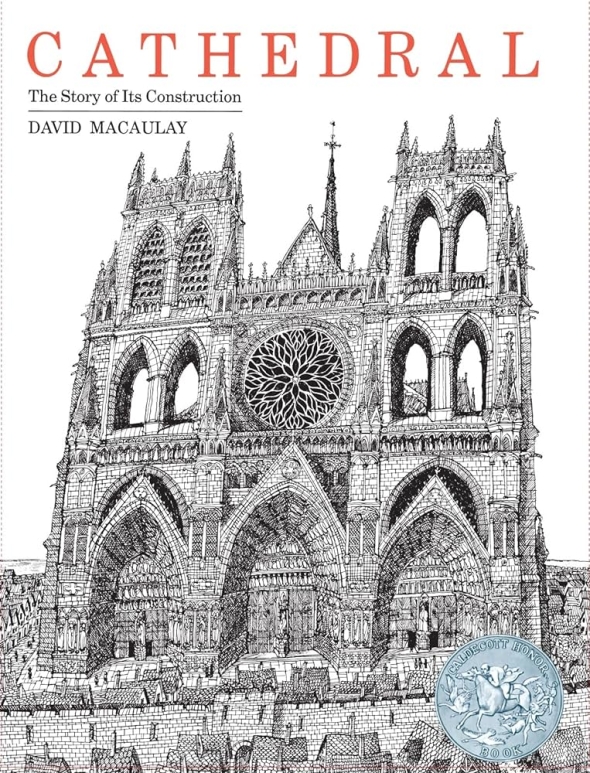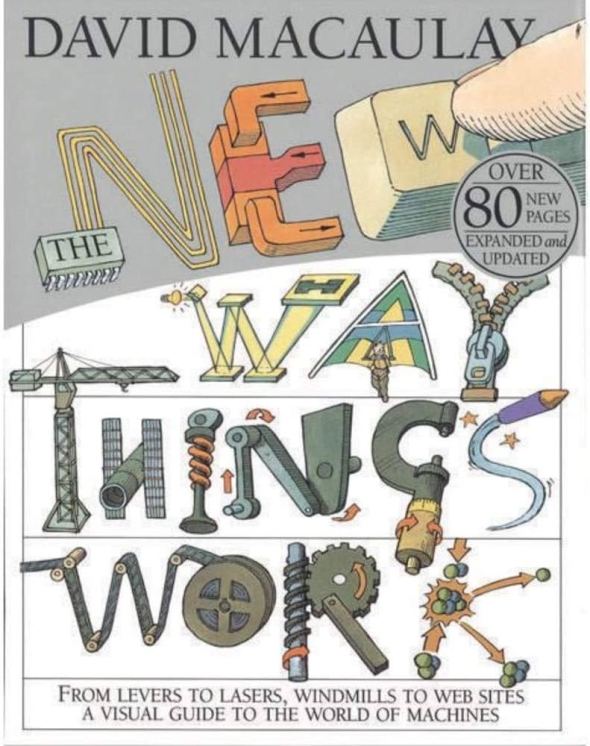
Drawing with a Childhood Hero?
Could you explain how a bicycle works? How about on paper? Now, what about a windmill?—this my class "The Way Things Work: A Visual Introduction to Engineering"
The engineering department has a LOT of undergraduate courses, 99 to be precise. The courses labeled 1 - 19 are all non-major courses. My course, the one and only ENGS 11, is one of these courses.
It may be an art distributive requirement, but I took it for the subject matter and a very special reason. I've always liked drawing things, especially mechanical things; I've also always wanted to understand the world around me, whether it be man-made or biological. This is what drives me towards engineering and the sciences, but beyond the empirical, theory-driven stuff, I love understanding something by going through the act of drawing it—doing so forces me to understand it. Knowing the shapes and contours of something allows me to understand how they combine to create the unique, functional image of a thing that I see in front of me everyday.
It started with a series of books in my early childhood days that seemed to cut through time and explain the impossible (at least that's how it felt). These books were fictional, chronological accounts of famous pieces of architecture written by the illustrator David Maucalay. "Pyramid," "Castle," and "City" were—and still are—some of my favorites (to name a few). It was through the fine pen and ink drawings, converging perspectives, and simple explanations that I developed a wonder for how these architectural masterpieces were created.

And in conjunction with these building-based books, there was another: "The Way Things Work," a comprehensive volume of society's inventions presented in eye-capturing and intriguing illustrations. Maucalay also wrote this book (it's his most well known).

Then, in August pre-matriculation, I received an email newsletter that contained a video covering this class. To my astonishment, the Professor was David Maucaly.
It's a rather full-circle moment for me, and I would never have imagined I could have such an opportunity—but now I'm in this class!
The actual content of the class has been a series of sketchbook exercises and official project assignments. I've used the sketchbook activities to refine my quick drafting skills, and the official assignments have challenged my ability to organize information. It turns out that successfully communicating how something works through illustration requires a great deal of thought as to how certain steps in a process will be arranged (or drawn in perspective, or accentuated with arrows, or connected to something… the list goes on and on). So far, I've explored bridges, bikes, chairs, shoes, and windmills!


This story just goes to show what Dartmouth could have in store for you! I never imagined I would be writing this, but here I am!
















